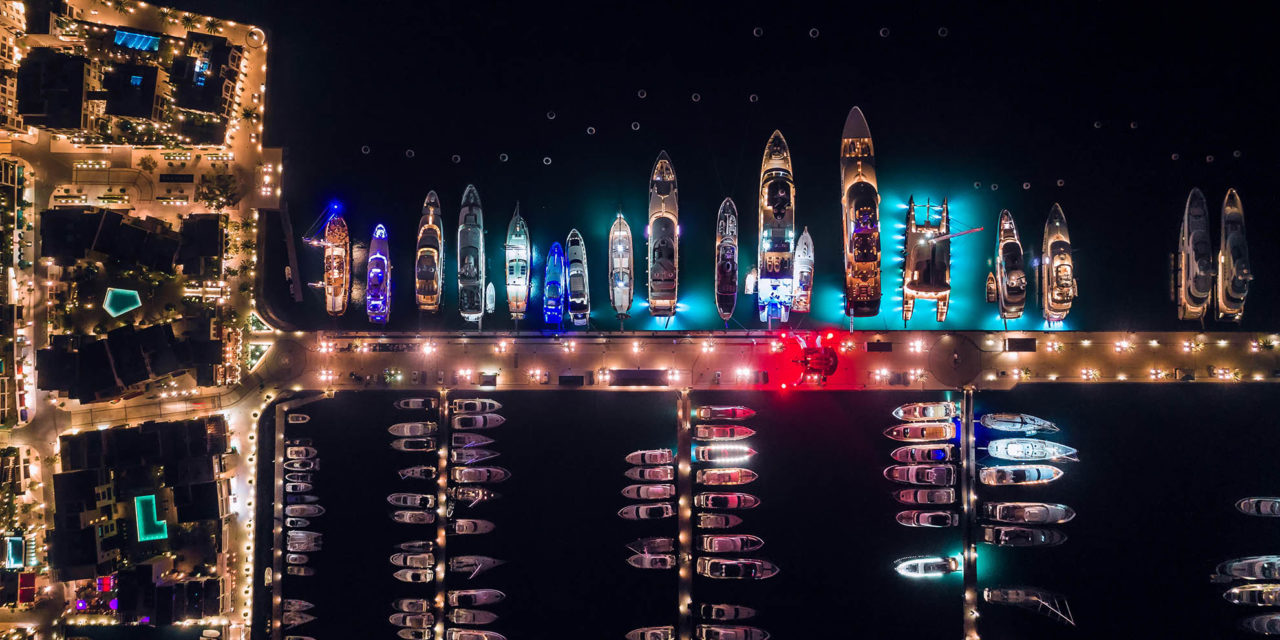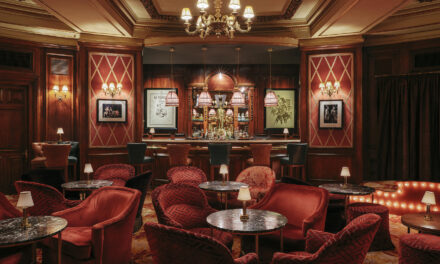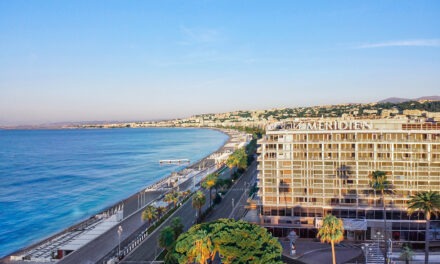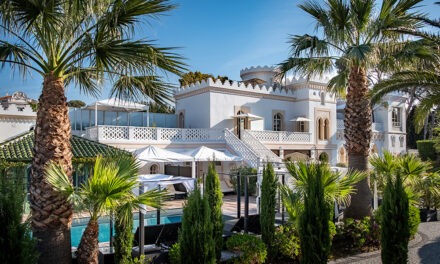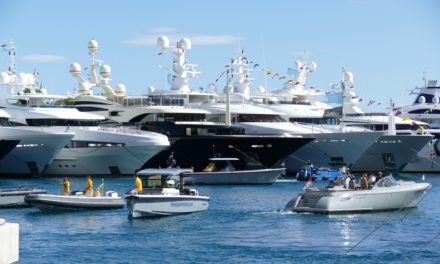Located in the UNESCO protected Bay of Kotor, Porto Montenegro combines a spectacular lifestyle destination with a world-class, full-service marina and luxury residential village offering premium real estate for sale and rental in this part of the Mediterranean.
Text by Letitia O’Connor
Even on a map it is apparent that the Bay of Kotor is a place apart, its contours—of an hourglass or a whale’s fluke—forming a deep indentation in the southwestern shore of the Adriatic. That perception is reinforced in driving the 65 kilometers south from Dubrovnik, along a winding road that skirts sparkling waters. A new, stunningly beautiful vista is revealed with each turn: villages sculpted from stone and sheltered by towering cliffs, slopes punctuated by villas from the era when the area was a protectorate of Venice.
Those waters are deep, a sunken canyon reaching to 60 meters, which has always made Boka Bay an ideal environment for large sea-faring vessels. Today it is a favored destination for two different types of huge ships: 535 ocean liners called in the Bay in 2018, with up to three cruise ships anchoring each summer day at the furthest point inland, off the medieval town of Kotor, and others stopping at Herceg Novi, just behind the headlands of the Lustica Peninsula. But superyachts have a separate destination: the marina at Porto Montenegro can now accommodate some 450 luxurious boats, even those that measure 250 meters in length, and is expected to expand to 850 berths. This latest iteration of the deep-water protected anchorage has evolved at lightning speed since Canadian Peter Monk signed a 99-year lease to the 24-hectare site in 2006. But the deepest natural harbor in southern Europe has a long continuous history: the Arsenal created in 1889 as an Austro-Hungarian naval station became a shipyard producing submarines during the period of Communist Yugoslavia.
The five-star Regent Hotel is the centerpiece of the residential development at Porto Montenegro with a limited number of exclusive, expensive accommodations (one-third of the units have been purchased for private use), but bars and restaurants provide a glimpse of its luxurious standards. To experience the spa, which does not offer day passes, those not staying at the hotel may book a massage or treatment. High-end retail shops surround the hotel, but the prices become more manageable with a bit of distance, as the development tries to diversify to support a broader clientele including a year-round program for resident yacht crews. The lively pizzeria restaurant One has good food and Crush offers a sampling of local wines, with regional cheeses and charcuterie. It’s a pleasa nt ten-minute stroll along the marina to the boutique Hotel La Roche, where I stayed, has only nine suites, each with commanding views of the Bay. It offers intimate-scale attentive hospitality that begins each day with the sumptuous breakfast buffet laid out between bar-and-banquettes dining room and outdoor terrace and concludes in the clubby bar or waterfront tables.
Porto Montenegro Yacht Club, which includes a 64-meter infinity pool, flanked by 150 “sunbeds” (upholstered lounge chairs) and dramatically framed with arches and artworks, does offer day passes: arrive before noon in high season to snag one. A small fleet of sailboats participate in a developing series of regattas; tennis, squash, archery, croquet, bocce/petanque and fitness centers are activities that promise “a life less ordinary” at Porto Montenegro. The 600-seat theatre in the Arsenal Cultural Center hosts popular concerts during the summer season.
Skimming across Boka Bay in a boat, to swim at its beaches and visit its historic towns, is a memorable delight. Towers from its nineteen churches punctuate the pedestrian hamlet of Perast, the last place to fly the Venetian flag until it too fell to Napoleon, but the most storied of its religious sites is Our Lady of the Rocks, decorated with silver icons offered by grateful pilgrims. The waterfront Conte Nautilus deserves its excellent reputation for seafood. The zigzagging, hairpin turns of the coastal route are writ large in the ‘Old Road’ that scales the face of Mount Lovcen, which separates the peninsula that Tivat and Kotor share from the rugged interior.
There are other incentives for yacht owners to visit—the nautical tax rate is 7% vs 25-28% in Italy and the European Union—and perhaps even to settle. Montenegro, which voted for independence from Serbia in 2006, offers citizenship to those who make significant investments, with higher requirements for coastal communities than inland. In order to create a residential community in Tivat, not merely a center of summer tourism, Porto Montenegro has funded an international school, with an IB curriculum taught in English, that also attracts aspiring local students. In little more than a decade, Porto has become an international anchor for Montenegro, linking its maritime history to a cosmopolitan future.

